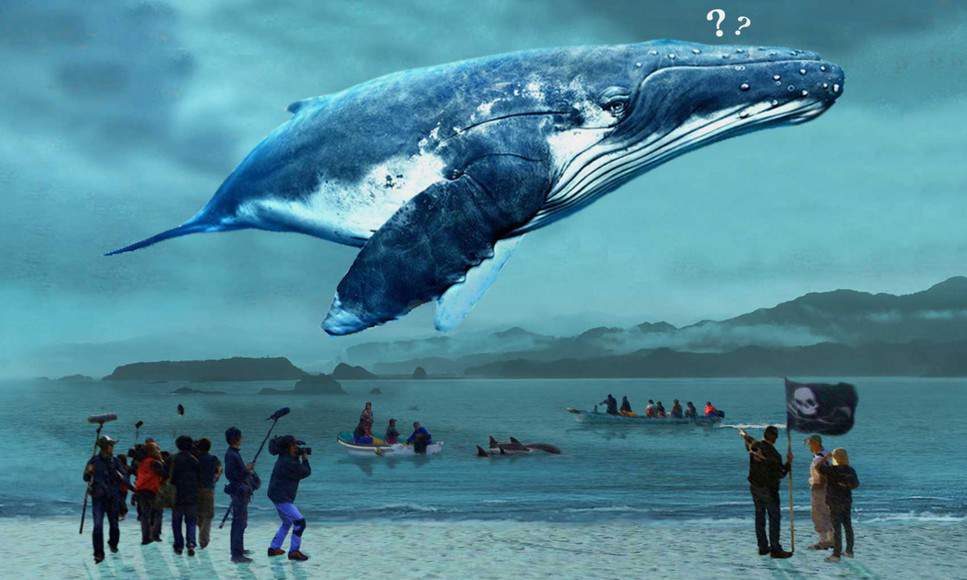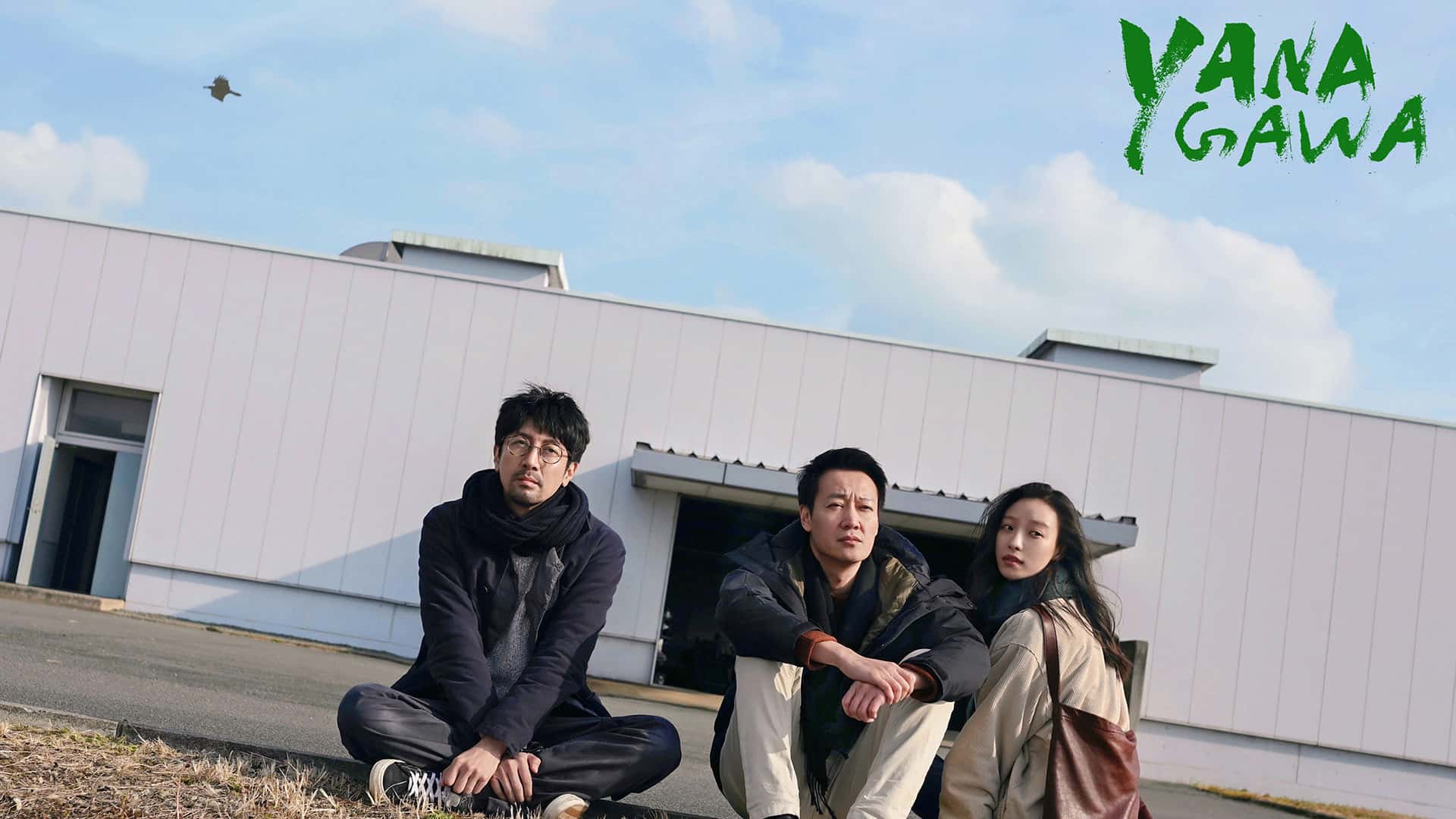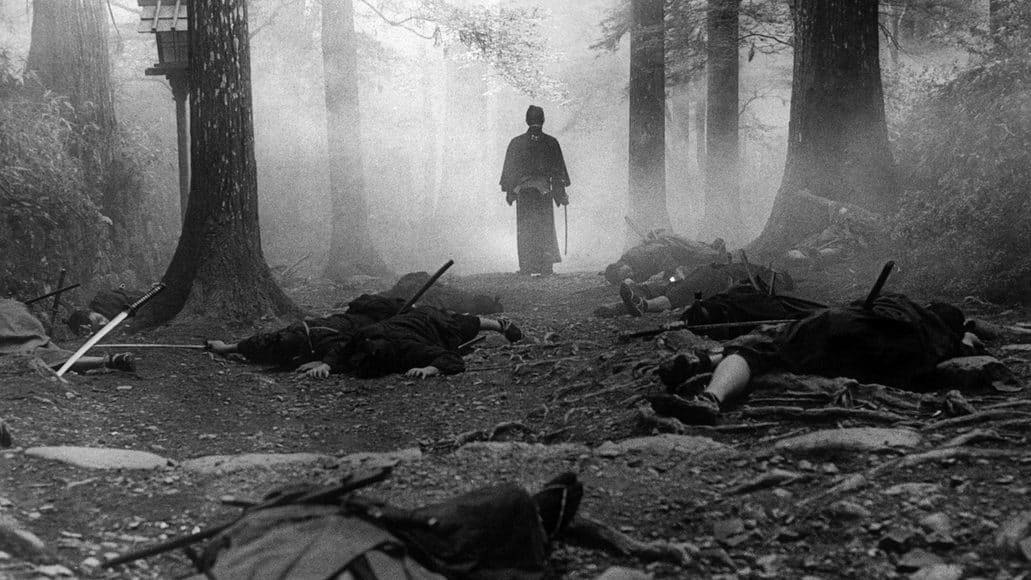Louie Psihoyos's “The Cove” was a shuttering documentary, which painted the whaling practices of the Taiji village in the bleakest of colors, particularly through one of the scenes close to the ending, that showed the fishermen butchering tens of dolphins after having trapped them in a small cove. Its impact was so enormous, that the documentary received an Oscar and turned world interest towards the fishing village and its inhabitants. However, it was also a source of great controversy, particularly regarding the portrayal of the Japanese people. Megumi Sasaki's purpose was to mend this “injustice” by portraying the historic and material conditions that contributed to local whaling practice and in general, to present the other side in this matter.
“A Whale of a Tale” screened at Japan Cuts
In that fashion, the documentary explains the contemporary history of whaling in the country after the Second World War, which was actually encouraged by the US, and was even advertised as the solution of the then food shortage issues Japan faced. Furthermore, it shows the personal lives of the whalers, most of which had this occupation forever and do not know anything else to do, as it also gets into their homes and in the museum and school of the area, where some children of Taiji talk about how they perceive the practice.

The activists and their fight against whaling is also shown, but this time is on the background, while a new side is presented, the one of the people standing in the middle of the dispute, trying to mediate between the two opposing sides. Jay Alabaster, an American journalist that has been living in Taiji since 2010, is the key figure in this category, as the documentary shows his research on the matter that even has him interviewing an elderly Japanese activist, and his relationship with the locals, who consider him one of their own. Through these images, Sasaki takes a completely different approach towards the inhabitants of the area, who are presented as victims of a dispute they do not understand, as she also exemplifies the fact that the activists have the social media on their side in order to form public opinion, of which the fishermen are almost completely ignorant.
Sasaki also makes two very important points. The first one is the main reason for the impasse between the two sides, which is a very basic one, since the activists consider the whales and the dolphins as organisms that can think and feel, while the whalers simply as fish. This impasse is presented quite eloquently in a joint press conference of the two sides, including the Mayor of the area. The second point is the main reason (apart from the traditions that is) behind the continuing fishing of the whales, despite the failing market and the few benefits of the profession: sheer reaction to the outside pressure, particularly from the Americans, to quit. Jay Alabaster presents this through the aforementioned interview, where a Japanese journalist states that despite 70% of Japanese being pro-hunting, a very small percentage of them actually eat whale meat. Furthermore, her opinion is that if outside pressure would cease, Japan would probably stop the practice.

Add to these very well presented comments the great camera work, that highlights all of the aspects of the whaling and the beauties of area, and the smooth editing that connects the different kind of footage in a way that lets the film flow harmonically, and you have the backbone of a great documentary.
“A Whale of a Tale” is a great spectacle that presents the other side of a matter that was too one-sided until now, and that is where its biggest value lies.
















